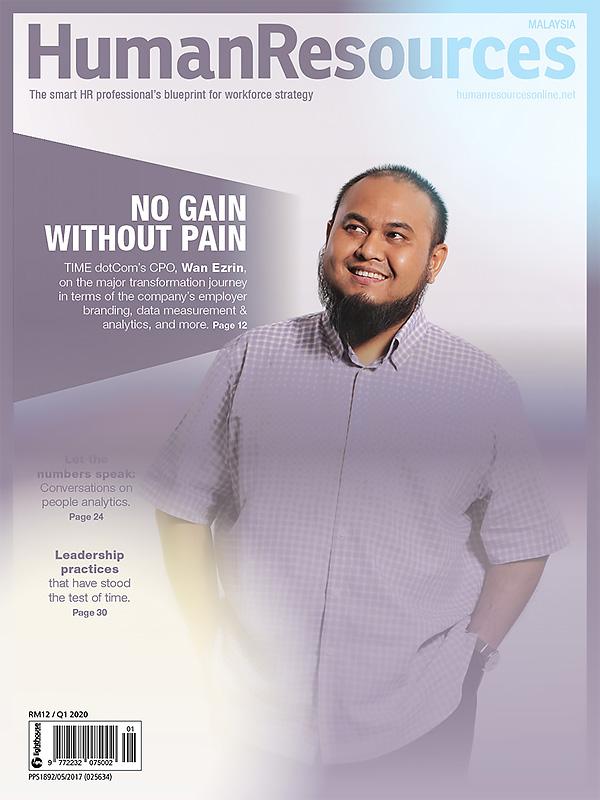share on
As a company facing rapid growth and with employees playing a key role in it, DKSH Malaysia realised a need to retain high-performing talent better, as well as to attract talent that was a best fit for the organisation, while remaining competitive in the market. Jeffrey Ng, Senior Director, Country HR, DKSH Malaysia, shares more in the interview with Priya Sunil.
DKSH, a leading provider of market expansion services, provides companies with access and expertise to grow in and with Asia. With the diverse complexity and rapid growth in the business, and with employees playing a key role in this, the organisation saw a need to retain high-performing talent better, as well as to attract talent that was a best fit for the organisation, while remaining competitive in the market.
Jeffrey Ng, Senior Director, Country Human Resources of its Malaysian arm, DKSH Malaysia, shares: “People are our biggest asset in DKSH, thus, having a productive and engaged workforce is essential in ensuring the success of our business. In line with our HR vision to become a strategic business partner, we have started leveraging on people analytics in our decision-making for more than five years now.
“The model focuses on areas such as employee retention, career development, productivity, as well as cost-effectiveness, in order to remain competitive in today’s business environment.”
To perform people analytics, the team has in place a centralised database which stores all employees’ information. This database is linked to various tools and platforms – such as performance management, leave management, payroll system and recruitment boards – to generate richer data points. The team then analyses this vast data to find patterns and trends that will lead to budget and labour efficiencies, better hiring outcomes and smarter decision-making across a range of strategic issues. With this in mind, it has put in place action plans that are factbased, complementing the business vision as well as the employees’ needs, Ng says.
“The end in mind is to be able to implement a predictive analytics model that can aid HR in more proactive solutions for the business.”
The company is currently in the strategic analytics phase of the journey, where the team is able to leverage the data it has on hand to form actionable solutions for the organisation. In terms of challenges, such as the integration of data reporting and learning how to use the information for solutions, Ng and his team work closely with the technology and innovation team to first create various standard reports that link all the relevant data together. Then, comes continuous training and coaching of the team on how to use this information to come up with proactive solutions for the team.
“We always strive to create a single platform that hosts all these analytics with real-time updates.”
Looking at the progress since the adoption of this model, DKSH Malaysia’s employee retention and engagement rates have improved, and the company has since introduced even more market-competitive compensation and benefits plans.
“We can put in place development models with actionable levers, as well as the right formula and mix of individuals to create a leadership team with the best organisational fit. The employees’ career growth and tenure in the organisation is a testament to this.”
As a result of these proactive decisions, he adds, there has been a reduction in voluntary attrition.
“Despite the growth in the business, we have improved our turnaround time to fill vacancies within 30 days by 15%, by leveraging on insights of talent mapping for key and critical positions.”
Having been on this journey, he urges other companies looking to revamp or adopt a people analytics model to first understand the main business challenges.
“Once you have an idea of this, I recommend that you think through an ideal scenario in which HR can provide a proactive rather than a reactive solution to these challenges. This would then help you assess what types of data you would need to support this decision-making, and implement the right tools and processes to achieve your best-case scenario.”
This case study is part of a feature published exclusively in the Jan-Mar Q1 issue of Human Resources. Read this edition of Human Resources, Malaysia:
Photo / Provided
Human Resources Online is on Telegram! Follow us @humanresourcesonline or click here for all the latest HR and manpower news from around the region.
share on



